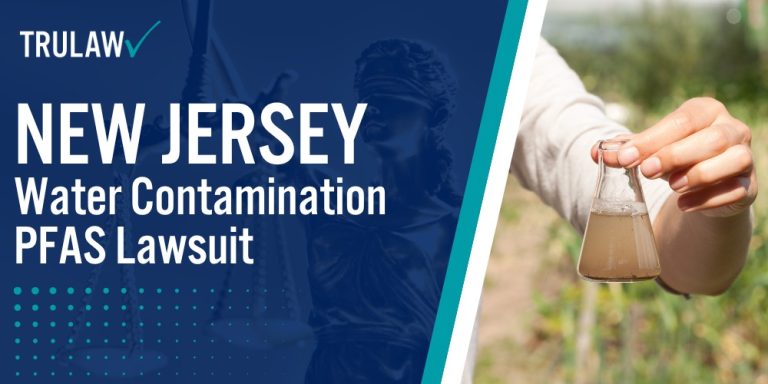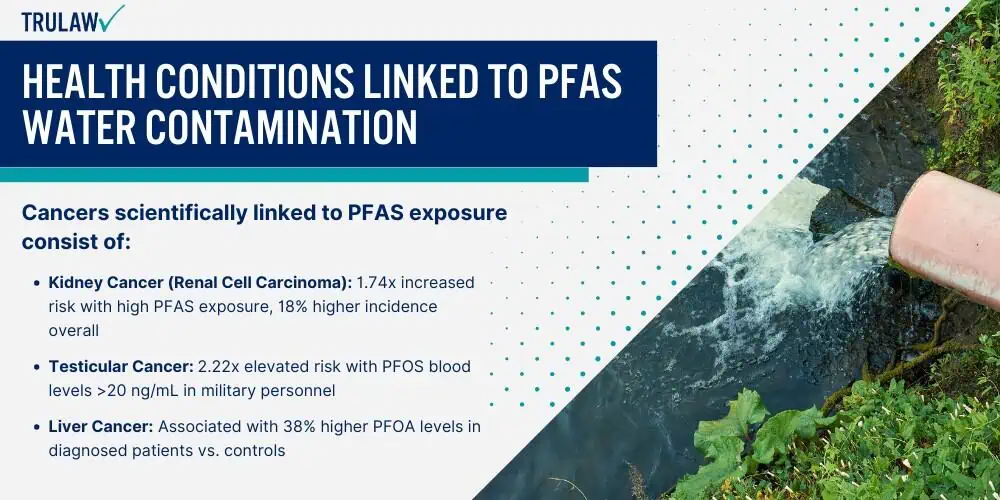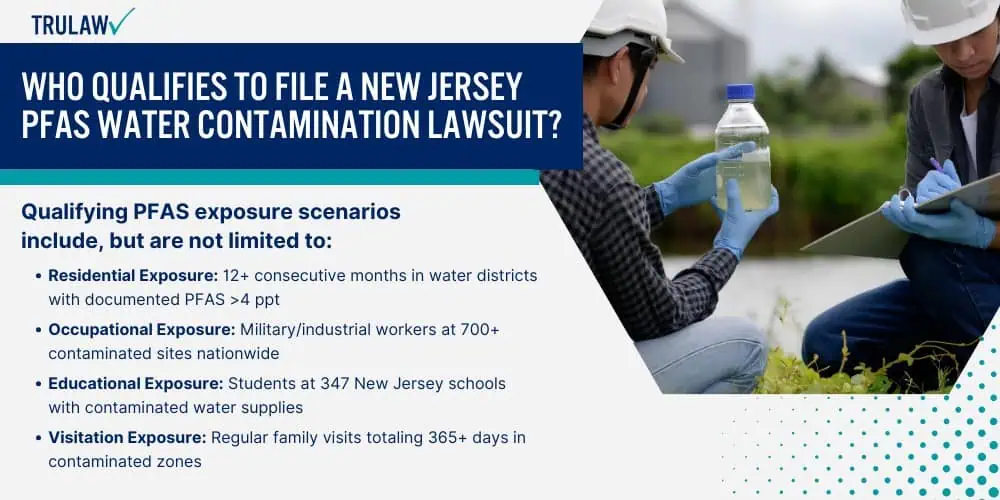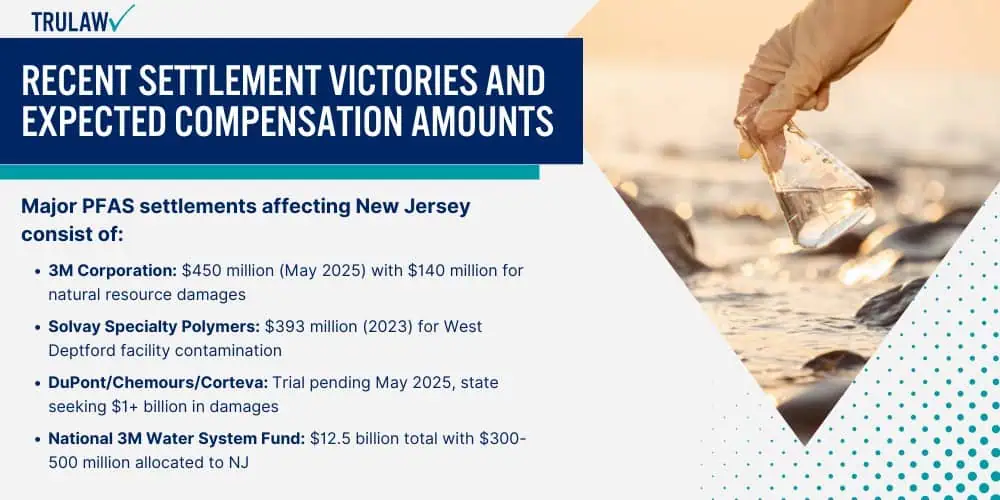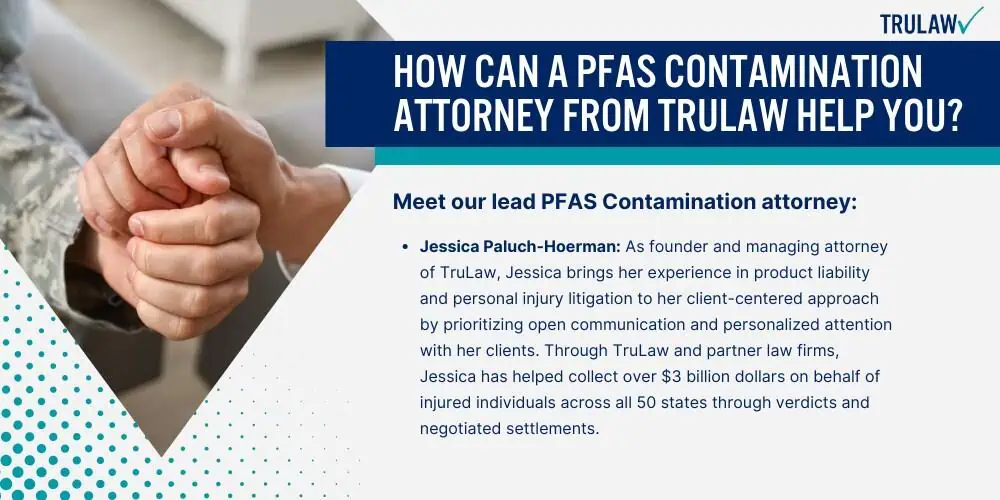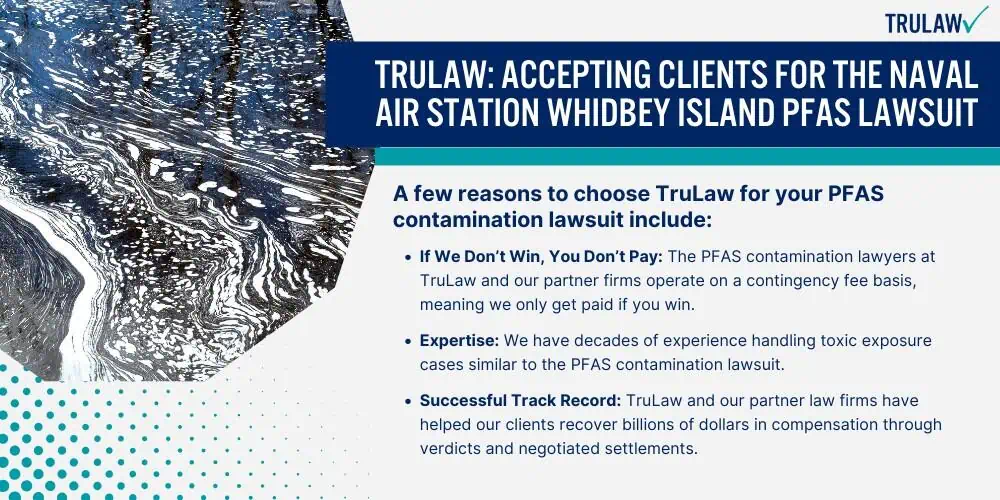Per- and polyfluoroalkyl substances (PFAS), known as “forever chemicals,” have been infiltrating New Jersey’s water systems since their introduction in the 1940s for industrial and military applications.
These synthetic chemicals, which include thousands of compounds engineered to resist heat, water, and oil, persist indefinitely in the environment and accumulate in human bodies over decades.
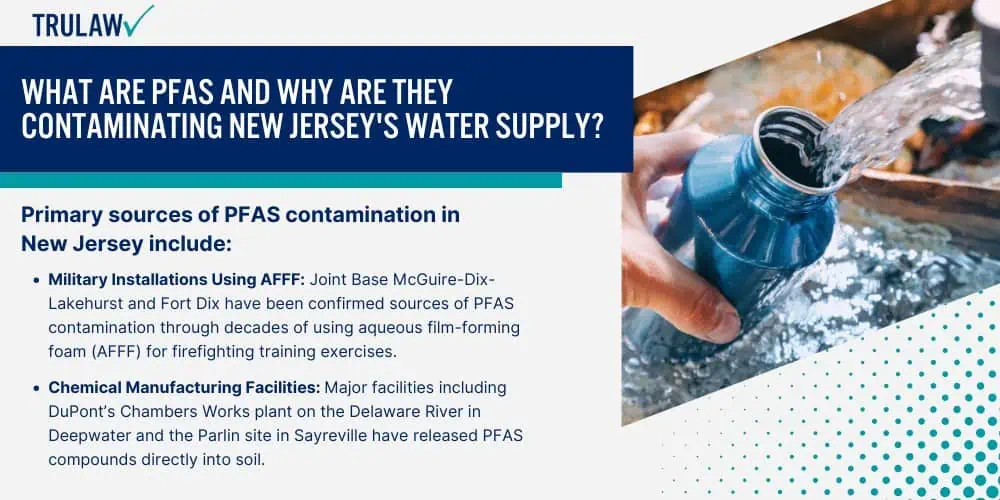
Originally developed for use in nonstick cookware and firefighting foam, PFAS have spread throughout the environment.
New Jersey faces severe contamination due to its dense concentration of military installations, chemical manufacturing facilities, and industrial sites that have used PFAS-containing products for over 70 years.
The Environmental Working Group has documented extensive PFAS pollution across the state’s watersheds.
Sources of PFAS Contamination in New Jersey
New Jersey’s PFAS contamination affecting drinking water sources stems from multiple sources that have discharged these chemicals into groundwater, surface water, and soil for decades through industrial processes, firefighting activities, and waste disposal.
The state’s unique combination of military bases using aqueous film-forming foam (AFFF), major chemical manufacturers producing PFAS compounds, and numerous industrial facilities has created widespread contamination affecting both public water systems and private wells.
Primary sources of PFAS contamination in New Jersey include:
- Military Installations Using AFFF: Joint Base McGuire-Dix-Lakehurst and Fort Dix have been confirmed sources of PFAS contamination through decades of using aqueous film-forming foam (AFFF) for firefighting training exercises, with PFOS and PFOA detected at these sites
- Chemical Manufacturing Facilities: Major facilities including DuPont’s Chambers Works plant on the Delaware River in Deepwater and the Parlin site in Sayreville have released PFAS compounds directly into soil, groundwater and surface water through industrial processes
- Landfills Receiving Industrial Waste: State landfills accepting PFAS-contaminated soil and materials from military bases and industrial sites serve as ongoing sources of contamination through leachate that enters groundwater systems
- Sewage Treatment Plant Discharges: Wastewater treatment facilities throughout the state discharge PFAS into surface waters after receiving contaminated industrial wastewater and household products containing these chemicals
- Airports Using Firefighting Foam: Commercial and regional airports across New Jersey have contributed to localized PFAS contamination through routine use of AFFF for fire suppression and training activities
These sources have resulted in 63% of community water systems tested by NJDEP from 2019-2021 showing PFAS detections, affecting 84% of New Jersey’s population according to research published by the National Institute of Environmental Health Sciences.
Historical industrial practices allowed these chemicals to be discharged directly into waterways and soil without treatment, while military bases conducted decades of fire suppression training that saturated the ground with PFAS-laden foam.
Timeline of PFAS Contamination Discovery in New Jersey
New Jersey emerged as a national leader in PFAS detection and regulation, becoming the first state to propose enforceable drinking water standards for these chemicals in 2018 and establishing some of the strictest limits in the nation. The state has a long history of industrial activity that contributed to widespread contamination.
The state’s proactive approach revealed the shocking extent of contamination, with testing showing that PFAS chemicals had infiltrated water supplies serving millions of residents across all 21 counties.
These alarming findings prompted immediate action on regulating PFAS at the state level.
Key milestones in New Jersey’s PFAS response feature:
- 2006-2009: First statewide monitoring detects PFAS in 65 water systems serving 1.9 million residents
- 2018: Nation’s first proposed enforceable PFAS standards at 14 ppt PFOA/13 ppt PFOS
- 2019: Landmark lawsuits filed seeking $1+ billion from 3M, DuPont, and 5 other manufacturers
- 2020: Enforceable limits activate, triggering $1.4 billion in required treatment upgrades
- 2021: Mandatory testing reveals 63% of community water systems contain detectable PFAS
- 2024: Federal EPA adopts 4 ppt standards, validating New Jersey’s aggressive approach
- 2025: Historic $450 million 3M settlement payable over 25 years with $60 million upfront
Recent testing data reveals that 63% of New Jersey’s community water systems contain detectable PFAS levels, collectively serving 84% of the state’s population receiving public water.
The contamination continues to spread as more testing uncovers previously unknown pollution sites, with private well owners discovering contamination during real estate transactions and voluntary testing programs.
Current PFAS Levels in New Jersey Communities
The Environmental Protection Agency’s new enforceable limit of 4 parts per trillion (ppt) for PFOA and PFOS represents an extremely low threshold that many New Jersey communities exceed by factors of 10 to 100 times.
These federal regulations for safe drinking water aim to protect public health from serious health risks associated with PFAS exposure.
Testing from 2019-2021 revealed that nearly one-quarter of New Jersey residents received water exceeding the state’s maximum contaminant levels, while 72% were served by systems exceeding the EPA’s proposed stricter standards.
Water quality monitoring shows certain PFAS compounds at alarming high concentrations throughout the state.
Water systems with documented PFAS contamination (among others):
- Middlesex Water Company: Serving 500,000+ residents with PFOA levels averaging 6 ppt, PFOS at 5 ppt
- Newark Water Department: 285,000 customers exposed to combined PFAS levels up to 27 ppt
- Jersey City Municipal Systems: 260,000 residents with PFNA detection at 9,000+ times health limits
- Camden County Wells: 34 systems near industrial sites with PFAS ranging 12-2,200 ppt
- Salem County Communities: 168 of 341 private wells exceed limits near DuPont Chambers Works
- Burlington County Systems: 75 contaminated wells within 5 miles of Joint Base McGuire-Dix-Lakehurst
The New Jersey Department of Environmental Protection maintains an active database tracking PFAS levels across 491 tested community water systems, with quarterly monitoring revealing both progress in remediation efforts and ongoing discoveries of new contamination.
Testing also reveals other contaminants alongside PFAS in many water systems.
Water utilities face enormous challenges in meeting the strict standards, requiring installation of specialized treatment systems costing millions of dollars while contamination sources remain active in many locations.
Communities across the country face similar challenges with PFAS contamination.
If you or a loved one developed cancer or other serious health conditions after exposure to PFAS-contaminated water in New Jersey, you may be eligible to seek compensation.
Contact TruLaw using the chat on this page to receive an instant case evaluation and determine whether you qualify to join others in filing a New Jersey PFAS water contamination lawsuit today.
